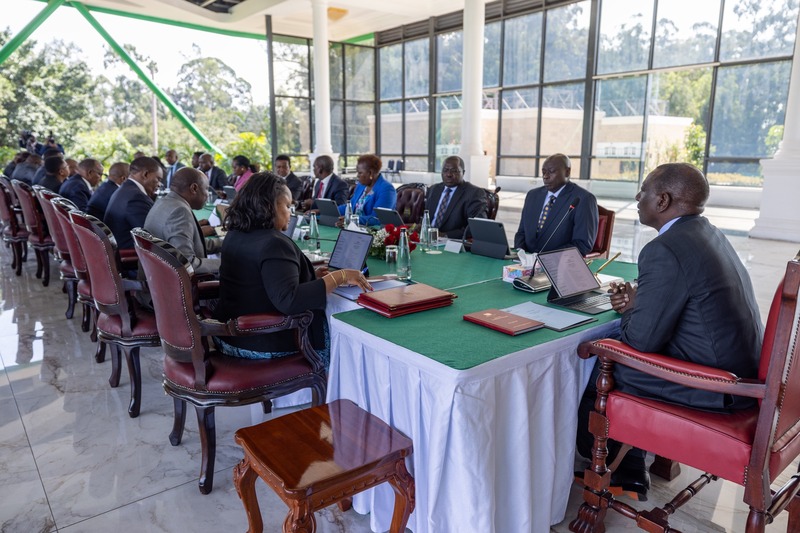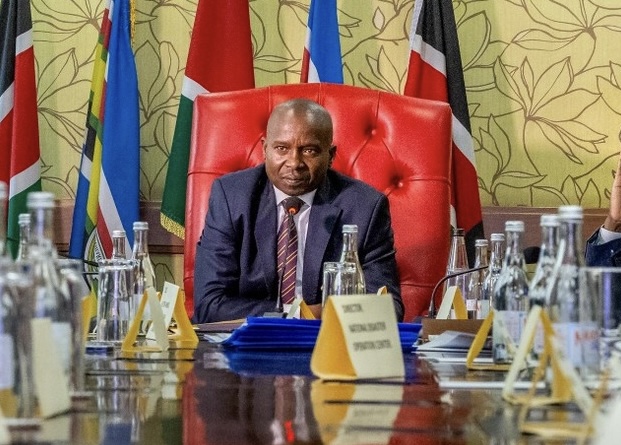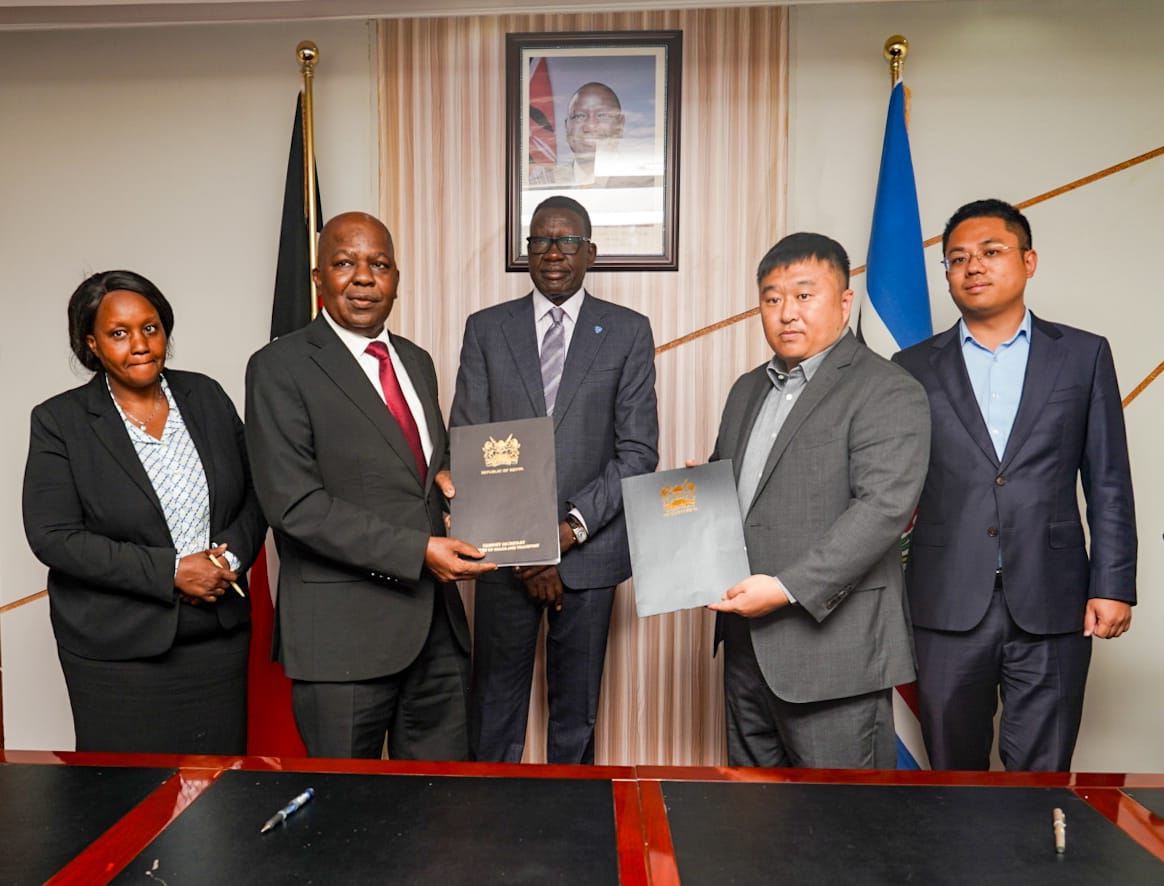Cabinet greenlights aviation policy, JKIA Investment Plan to boost efficiency

The newly approved policy endeavours to harness the full potential of the aviation sector in propelling Kenya's economic growth.
The Cabinet considered and approved the National Aviation Policy which seeks to maximise the contribution of the aviation sector to Kenya's growth by enhancing connectivity at both the national and international levels and also aimed at fortifying the intricate relationship between tourism and aviation.
The newly approved policy endeavours to harness the full potential of the aviation sector in propelling Kenya's economic growth. By prioritising connectivity on both domestic and international fronts, the policy sets out to amplify the sector's contribution to the nation's prosperity.
More To Read
- State unveils Sh5 trillion infrastructure plan, JKIA upgrade and new airport to start in January 2026
- JKIA–ABC road corridor to get new look as Ruto revives city roadworks
- Kenya sees major boost from visa-free policy as tourist numbers hit 1.8 million
- AAID report: Adverse weather likely cause of Kwale plane crash
- Kenya Airways staff jailed for 25 years for trafficking heroin
- IG Douglas Kanja urges court not to issue orders over political activity claims
The Cabinet acknowledged the robust nature of Kenya's aviation ecosystem. However, it underlined the necessity to bolster the capacity of the country's international airports to accommodate the burgeoning demand. Projections indicate a significant rise, with passenger numbers anticipated to soar to 42.1 million annually by 2050.
In response to these projections, the Cabinet greenlit the JKIA Medium-Term Investment Plan. This comprehensive plan encompasses upgrades to various critical components of Jomo Kenyatta International Airport (JKIA), including the passenger terminal, runway, taxiway, apron, and airside facilities.
Some key aspects related to JKIA's medium-term investment plan include the Kenya Airspace Master Plan which outlines the evolution and associated investments to be made by the Kenya Civil Aviation Authority (KCAA) in Air Navigation Services (ANS) over the next 15 years.
The objectives include global and regional consistency, legal/regulatory considerations, and stakeholder expectations. The plan covers operational evolutions, technical improvements, and human resources development.
Kenya also unveiled its National Aviation Safety Plan (NASP) as part of its commitment to enhancing air travel security which was developed in consultation with national operators and other stakeholders.
Aligned with the International Civil Aviation Organization's (ICAO) Global Aviation Safety Plan (GASP), the NASP outlines objectives, strategic priorities, and safety actions to be taken over three years (2023 to 2025).
Key elements of the plan include identifying national safety issues, setting aviation safety goals and targets, implementing safety enhancement initiatives (SEIs), and collaborating with industry stakeholders and agencies responsible for safety oversight. The NASP complements Kenya's State Safety Programme (SSP) Document.
Top Stories Today













































